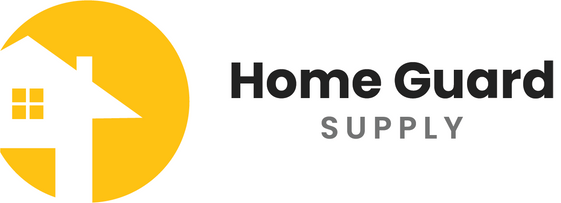
Top Tips for Maintaining Vacant Properties
Maintaining a vacant property requires a proactive approach to ensure its security and upkeep. Whether you own a second home, are in between tenants, or have inherited a property, keeping it in good condition is essential. Here are some top tips for maintaining vacant properties that cover security measures, regular inspections, and general upkeep.
1. Secure the Property
Install a Security System
Investing in a high-quality security system is crucial. Modern systems come with various features such as motion detectors, surveillance cameras, and remote monitoring. These systems not only deter potential intruders but also provide peace of mind by allowing you to monitor the property from afar.
Lighting
Proper lighting is a simple yet effective security measure. Ensure the exterior is well-lit with motion-sensor lights, which can startle and deter intruders. Additionally, consider installing timers or smart lights inside the house to mimic the appearance of occupancy.
Secure Doors and Windows
Inspect all entry points to ensure they are secure. This includes installing deadbolts on doors and reinforcing windows with locks or security bars. Don't forget to secure any garage or shed, as these can also be targets for break-ins.
2. Regular Inspections
Schedule Routine Visits
Regularly visiting the property is essential. If you live far away, consider hiring a property management company or asking a trusted neighbor to check on the property periodically. Frequent visits can help identify and address issues before they become major problems.
Check for Maintenance Issues
During inspections, look for signs of wear and tear or damage. This includes checking the roof for leaks, ensuring gutters are clean, and inspecting plumbing and electrical systems. Early detection of maintenance issues can save significant time and money in the long run.
Seasonal Maintenance
Be mindful of seasonal maintenance tasks. In winter, ensure pipes are insulated to prevent freezing, and in summer, check the air conditioning system. Regularly servicing HVAC systems and maintaining landscaping can prevent larger problems.
3. General Upkeep
Lawn and Garden Care
Even though the property is vacant, maintaining the exterior is important. Regularly mow the lawn, trim bushes, and remove any debris. A well-maintained yard not only improves curb appeal but also signals to potential intruders that the property is cared for.
Pest Control
Vacant properties can quickly become homes for pests. Regular pest control treatments can prevent infestations of rodents, insects, and other pests that can cause significant damage. Seal any cracks or openings where pests might enter.
Cleaning and Ventilation
Keep the property clean to avoid the buildup of dust, mold, and mildew. Ensure the home is well-ventilated by opening windows periodically or using dehumidifiers. A clean and fresh-smelling home is more inviting and less likely to develop problems.
4. Insurance and Legal Considerations
Maintain Insurance Coverage
Ensure your property insurance is up to date and covers vacant homes, as some policies might have exclusions or limitations. Adequate insurance will protect you from potential liabilities and damages.
Stay Compliant with Local Laws
Different areas have regulations regarding vacant properties, such as requirements for maintenance and security. Stay informed about local laws to avoid fines and ensure your property remains compliant.
Maintaining a vacant property might seem daunting, but with the right approach, it can be manageable and stress-free. By focusing on security measures, regular inspections, and general upkeep, you can ensure your property remains in excellent condition, protecting your investment and providing peace of mind. Whether you handle these tasks yourself or hire professionals, proactive maintenance is key to preserving the value and safety of your vacant property.
